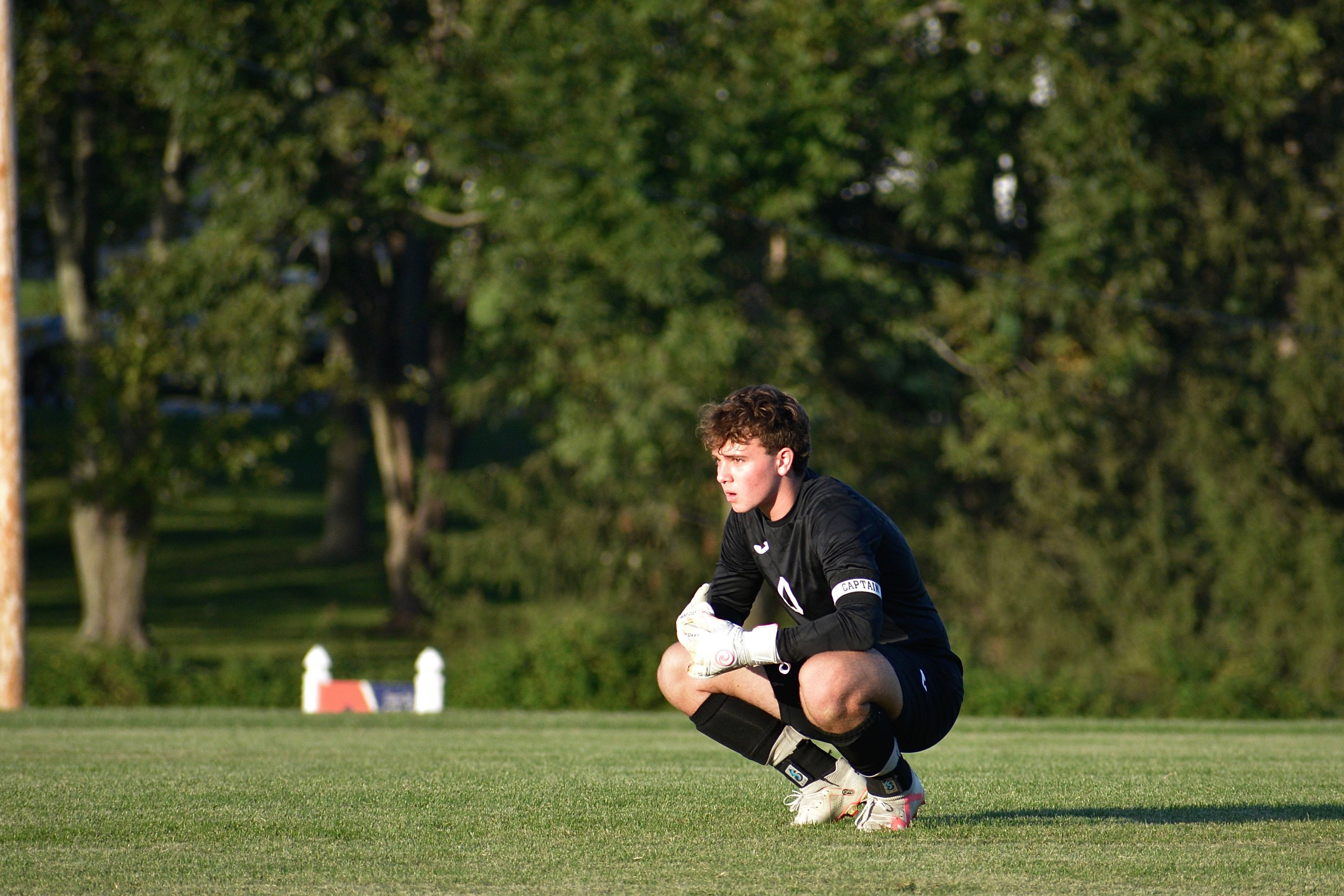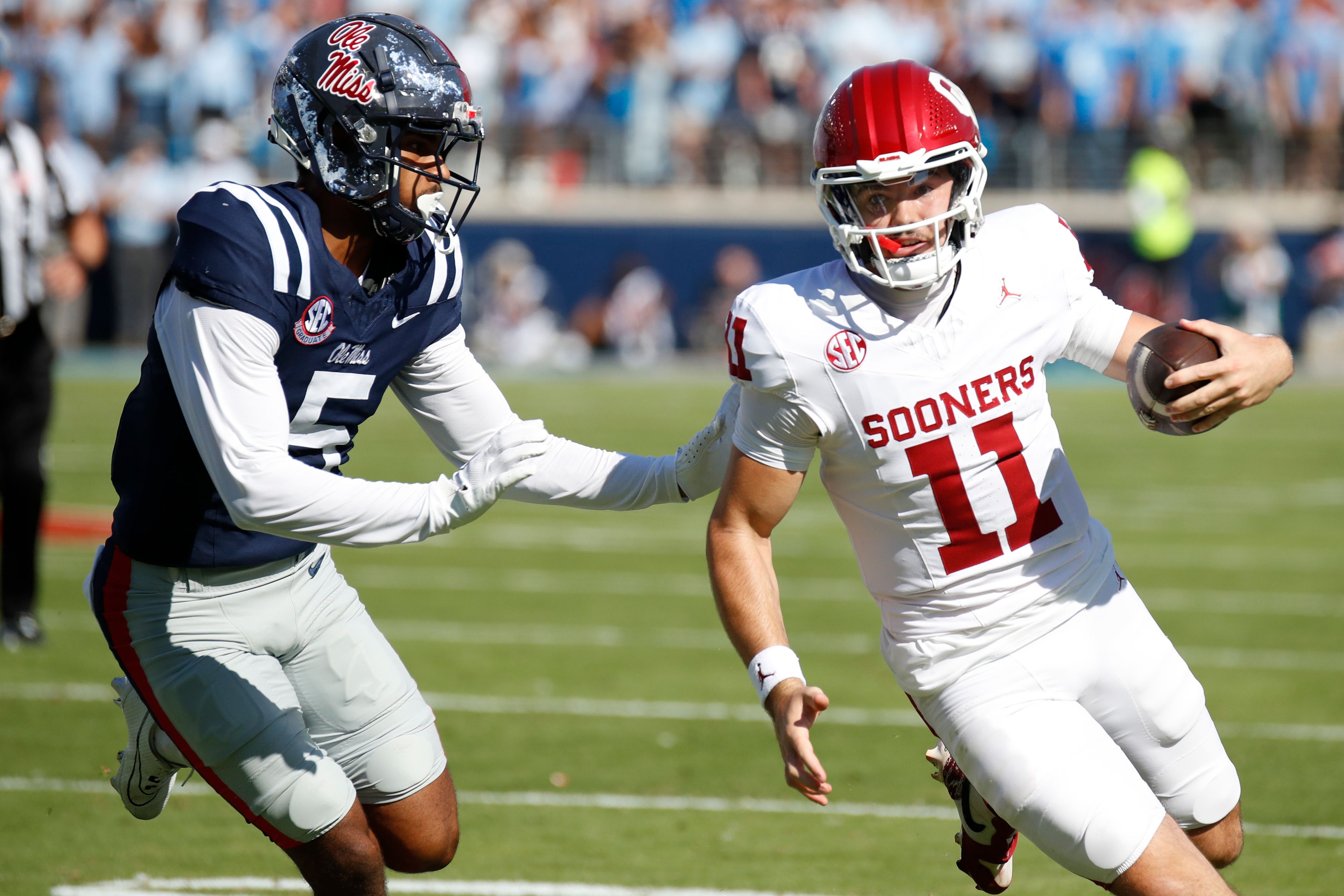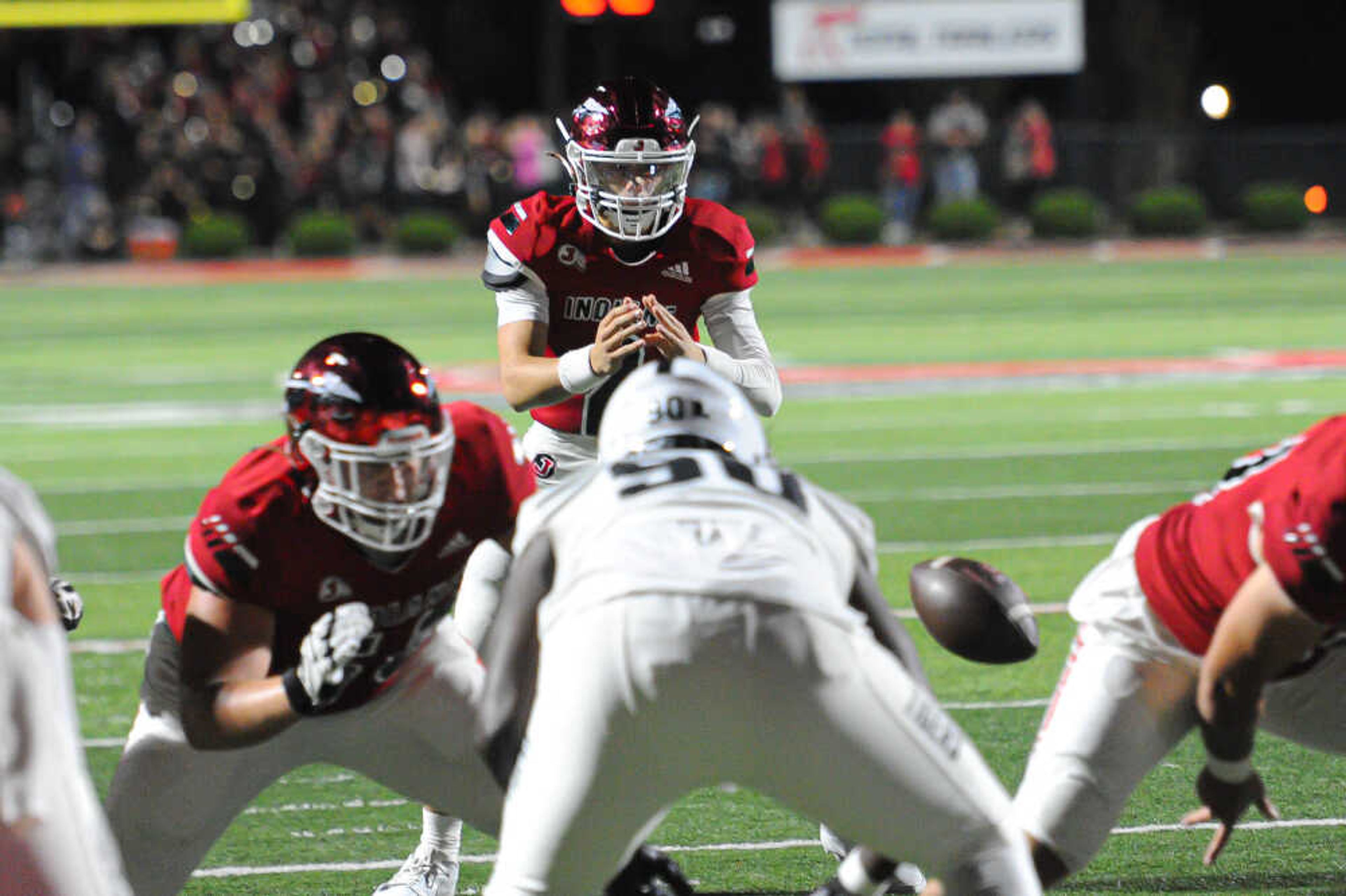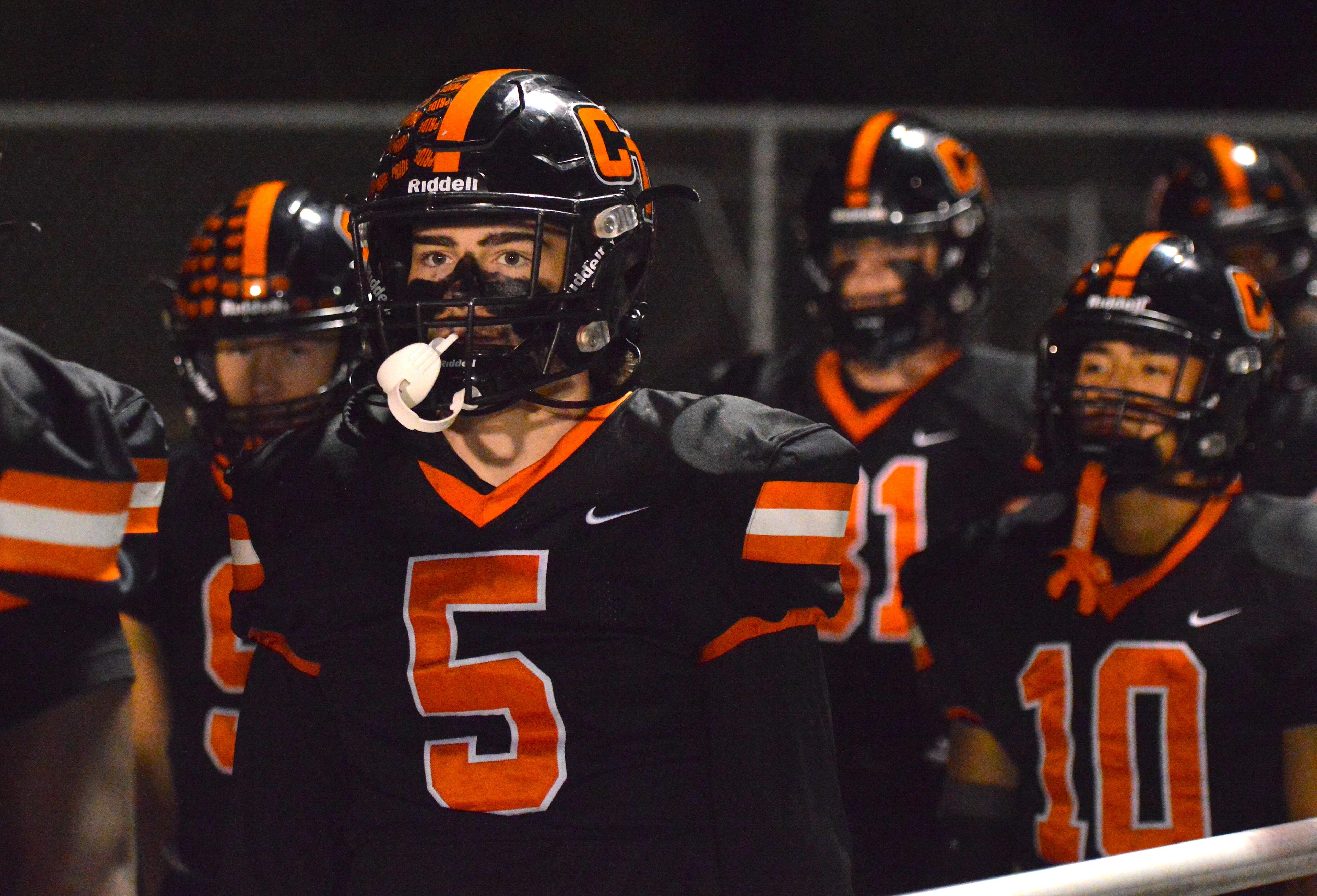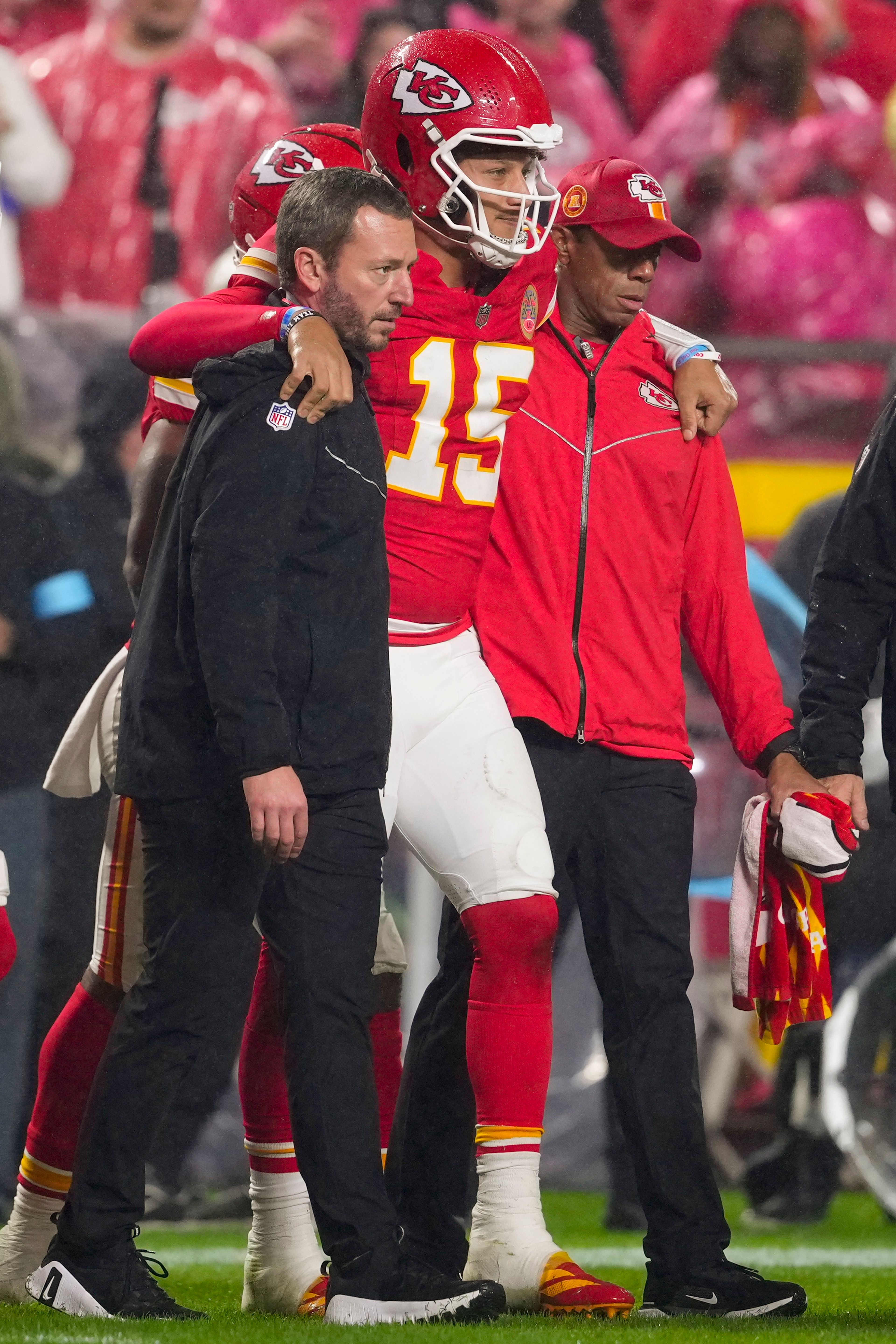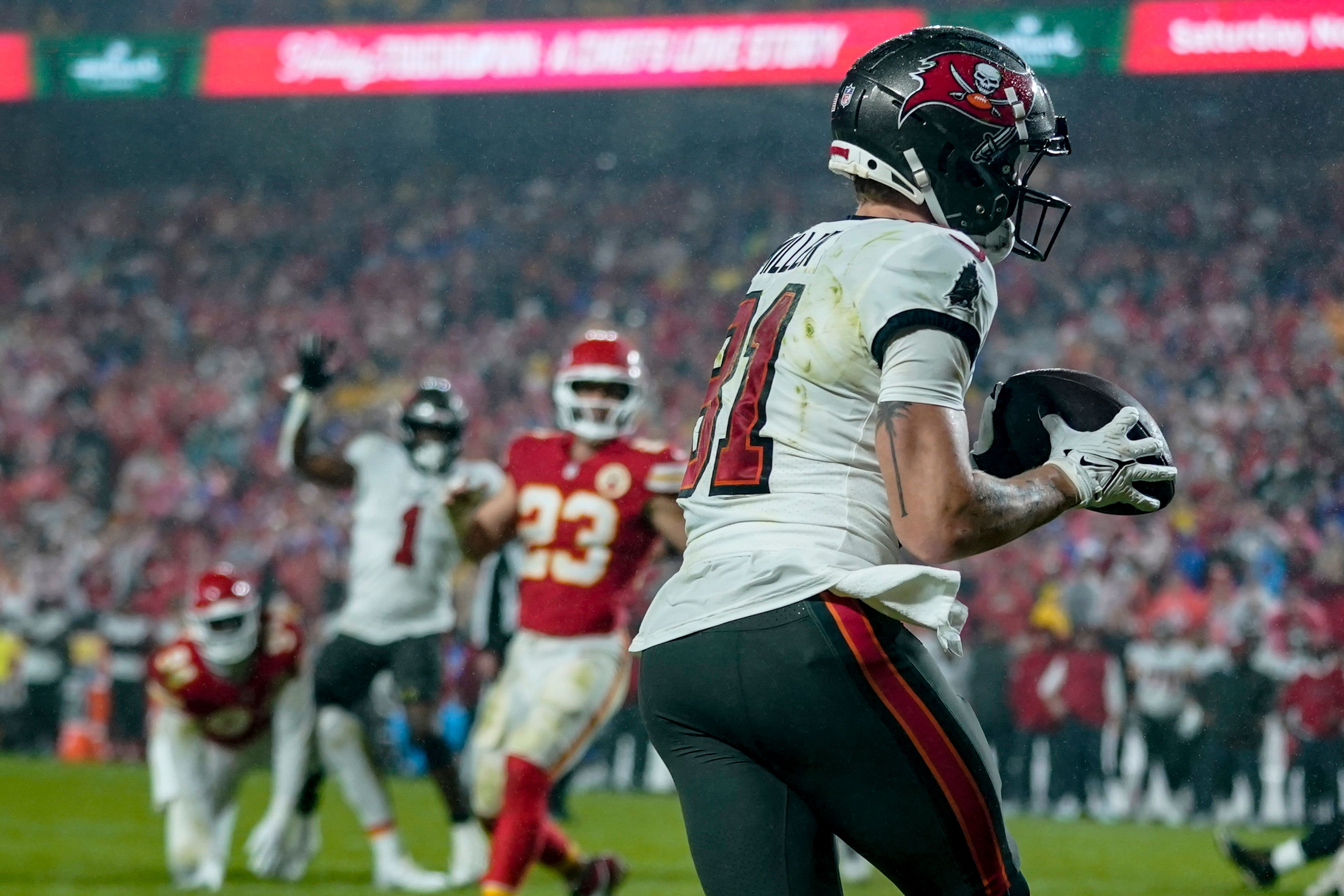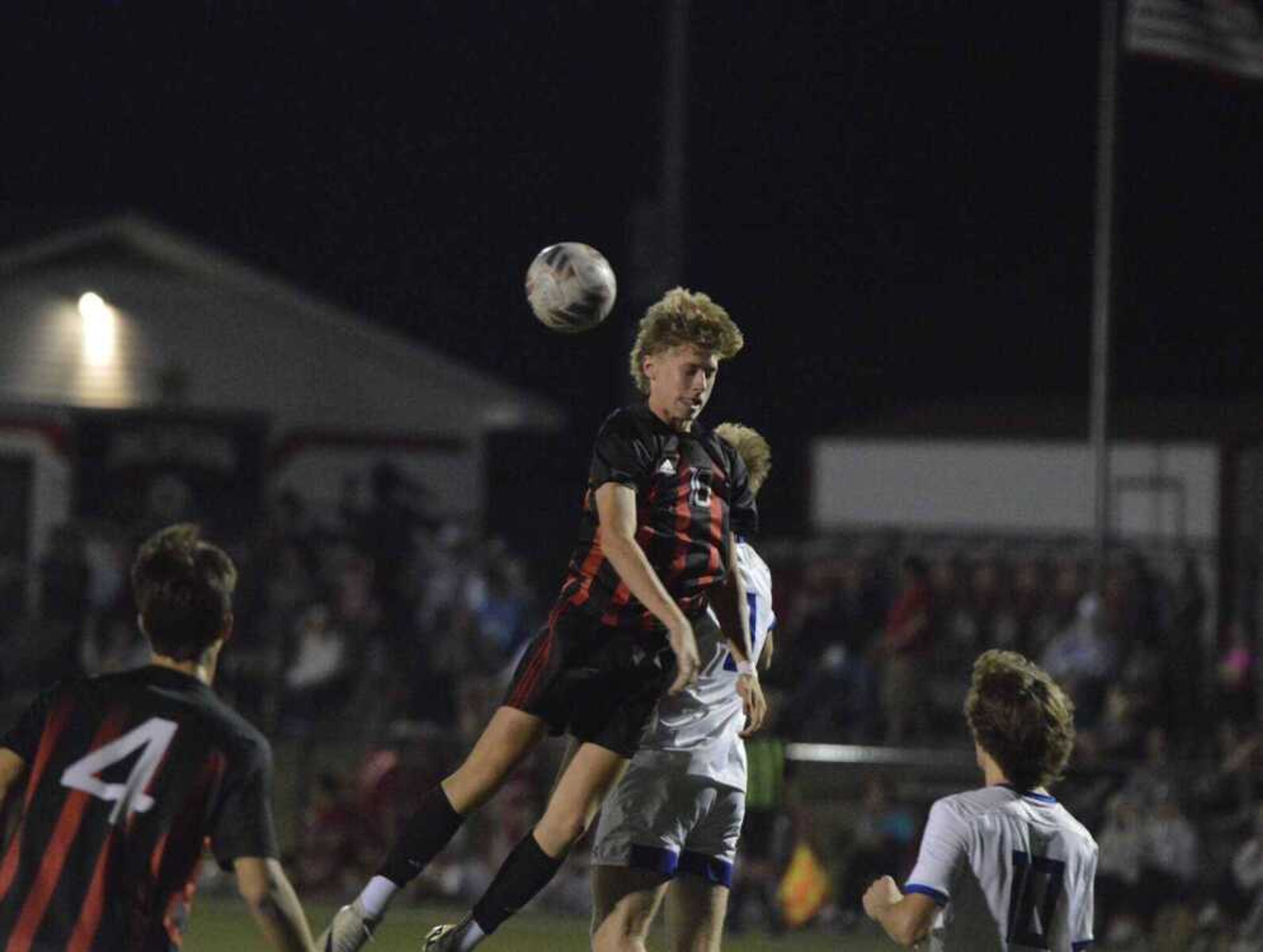Southeast grad writes book on steroids that hits home
Matt Chaney once was part of the steroid problem in football, both as a Southeast Missouri State player and student assistant coach. Chaney said he's not proud of his past, but it helped give him insight into a longtime dilemma and eventually led to more than 20 years of research that resulted in a recently published book...
Matt Chaney once was part of the steroid problem in football, both as a Southeast Missouri State player and student assistant coach.
Chaney said he's not proud of his past, but it helped give him insight into a longtime dilemma and eventually led to more than 20 years of research that resulted in a recently published book.
"Spiral of Denial: Muscle Doping in American Football," delves into the impact of performance-enhancing drugs on football and how it has affected an entire culture as players try to keep up with bigger, stronger athletes.
"It's a terrible problem," said Chaney, who has lived in Warrensburg, Mo., with his wife and their two children since 1996.
The 480-page book takes an extensive look at muscle-building drugs in football -- high school, college and professional -- from the 1950s to the 2000s.
"It's kind of the first comprehensive compilation of the known history of steroids, the first comprehensive compilation to string together all the events of muscle doping in football," Chaney said.
Of his purpose for writing the book, Chaney said, "The earliest I can remember my feelings on this, back in the 1980s when I was in Cape Girardeau, there was this denial, this insulation from public discussion.
"Foremost, the realistic goal was to get some public discussion on this because it hadn't happened yet."
Chaney, 48, lived in several small Missouri communities growing up as the son of a school superintendent. He played one year of high school football in Hillsboro before graduating from Elsberry, which did not have a football team.
But Chaney always held a special fondness for football. He briefly walked on to the Southeast team in 1981 before learning he was ineligible.
Having taken care of that, Chaney again eyed a spot on the roster in 1982, which led to his first direct involvement with steroids, as he chronicles in the book.
"I just used one cycle of testosterone, less than five weeks total, that summer before the 1982 season," said Chaney, who said he obtained the drug from a Southeast student body builder with whom he became acquainted. "The first time I did it, I had immediate effects in the weight room. My bench press went up immediately.
"In football practice, you're getting beat up, you're getting bruised. It's really hard to lift weights and gain strength. All that seemed to disappear [with the testosterone]."
Chaney said he didn't gain an unusual amount of weight, but he probably "packed on a good 5 or 10 pounds."
"I didn't really gain a lot of weight, because it was the summer, it was so hot, and I wasn't using the strong sort of steroid like Dianabol, and I quit so quick," said Chaney, a defensive end who said he weighed about 195 pounds at the beginning of that summer.
Chaney said a knee injury that wound up ending his football career likely kept him from delving heavier into the use of steroids.
After impressing the Southeast coaching staff -- Jim Lohr was coach at the time -- enough during practice both in the preseason and early in the campaign, Chaney wrote about being elevated to the game roster.
Chaney said he dressed for two games and was scheduled to see action on special teams and perhaps on defense for the upcoming homecoming contest. But he suffered a serious knee injury the day before that game and missed the rest of the year.
Chaney tried to come back the following season, but was not nearly the same player, so he gave up the sport.
"I never made it to the game field, but it also stopped me from steroids because I went back, but I was not a very good football player. I got out of it," he said. "Had I gone back and thought I was doing well enough that it was worth it, I would have probably juiced."
Assistant at Southeast
But Chaney's involvement with steroids at Southeast wasn't done, as he also chronicles in the book.
While a student assistant coach in 1984 -- the year Bob Smith took over as coach -- Chaney said he helped a walk-on player obtain steroids, which ended up having a profound effect on Chaney.
"I'd been at the bottom rung, faced the problem of being physically weak," Chaney said. "One of my jobs [as a student coach] was to tell kids to get bigger, get stronger. That's the only way we were going to win. There was a former player who had the stuff available to everyone.
"A kid comes up to me and asked me about it. What I couldn't do foremost at that point was to lie to the kid and act like I had no idea what he's talking about. He knew and I knew that for him to have a chance he needed this stuff. I told him try to find it somewhere else, but if you don't have any luck, come back in a week. He came back, I took the 40 bucks and made the buy."
Chaney hadn't decided for sure if he wanted to pursue a career as a football coach, but any thoughts of that were now extinguished.
"I knew I was done when I did that," he said. "That was it. I stuck around a little longer [as a coach that year], but I knew I was done."
Chaney said he estimates that about 10 percent of Southeast football players in 1982 were using some form of steroids. He said that figure likely doubled by 1984.
Of 1982, Chaney said: "I think it was isolated. I'm certain it was about 10 percent. Say we had 80 guys out there, including walk-ons, somewhere in the range from seven to 10 guys. I'd say no more than 10 guys total.
"And when I say use, I just mean at least once in their lifetime. You have the dabbler guys like I was."
Of 1984, Chaney said, "It had gone up, probably about 20 percent."
Chaney said some coaches other than him probably knew what was going on.
"It was more wink, wink, the don't ask, don't tell policy," he said. "I have no doubt somewhere along the line some coaches other than me discussed it."
But Chaney said he isn't trying to blame any former or current coaches for a problem that he said was rampant across the country back then and emphasizes is still a major problem today.
"By the late 1970s, there was no secret, steroids were all over major college football," he said. "There's not one team that came out and said we're going to stop doing steroids, and you're going to be able to tell because we're going to get small and normal looking again. That team will get destroyed.
"At the major college level, the majority of players are juicing in some form. In all the smaller levels, it's an impact factor in the competitive field. You can play at a high level without it, but most likely you're not going to start."
After giving up on a possible career coaching football, Chaney turned his attention to journalism. He graduated from Southeast in 1985 with a degree in broadcast journalism. Chaney and his family moved to Warrensburg in 1996 so he could obtain his master's degree from Central Missouri State.
Chaney analyzed media coverage of anabolic substances in American football from 1983 to 1999 for his master's thesis. That really started the book in motion.
"It pretty much evolved from there," said Chaney, who has been a college teacher and freelance writer. Among his other books is "My Name is Mister Ryan," which chronicles coach Arnold Ryan and the Puxico basketball dynasty of the 1950s.
Married a gymnast
Chaney, married to former Southeast gymnast Laurie Schoenbaum -- an All-American in the mid-1980s who he met while both were students -- said he believes steroid use has led to a major increase in injuries and he thinks it might have contributed to his own serious knee injury.
"I don't have any sort of effect at all, I don't think," he said. "We can't prove a lot of things, including the health effects. But it's not healthy for all these people to be weighing over 300 pounds."
Despite the increases and advances in testing for performance-enhancing substances, Chaney maintains there is little that can be done because certain drugs still are undetectable and there are fairly routine ways to get around testing.
Chaney said the cost of coming up with an all-inclusive test -- even if that were possible -- and then testing every football player in the country from high school to the NFL on a regular basis would be cost prohibitive.
In today's NFL, Chaney said, "I think just about everybody is using something. HGH (human growth hormone) is undetectable. You can use low dose testosterone, the same stuff I used, all day, all year, and it won't show up on the standard NCAA test.
"Testing will never protect players. A, there's way too many football players, and B, there's way too many of these substances. It would take hundreds of millions of dollars of research for a test to detect everything, and even then there would be no guarantees. Even if you came up with a test that worked, people aren't afraid of random tests. You would have to blanket test everybody once a week, high school, college, NFL. It's cost prohibitive, and the courts aren't even going to allow this. They barely got urinalysis through."
Chaney said he has proposed -- along with others -- that the only immediate way to help curb the use of steroids is to put a cap on the weights of players based on their height and body type.
"It's a terrible problem and there is no solution in terms of the absolute," he said. "There will never be technology or laws that will stop this. One thing we can do is limit the sizes of the players. It's not my idea, it's been around. Right now that's the only immediate prevention anybody knows."
Chaney said it's foolish to think coaches on all levels don't know what's going on, but as he mentioned earlier, he does not blame coaches -- past and present -- for the steroids problem in football. In fact, he doesn't blame anybody, instead calling it a cultural issue.
"If you know physical limits, particularly males who have reached puberty, you can't make those kinds of physical gains," he said. "You can't just eat and eat and stay an athlete. You become a blob. You've got to have some help."
As for what coaches could do if they wanted to try and curb the problem, Chaney said: "A, you're probably not going to keep your job because you've got to win, and B, you can't just accuse somebody, you have to prove it. Anybody with a brain can do it [use performance-enhancing substances]. What can you do as a coach?"
Added Chaney: "You can't blame the athletes, you can't blame the coaches, their hands are tied, strictly for liability. Then I started blaming the media for ignoring the problem, but you can't blame them. I finally decided, it's the culture. Most of us, if we could play the sport and thrive in it, most of us would use anabolic substances or you wouldn't get to that level."
On a personal level, Chaney said the book has helped him come to a form of closure with the act that still at times haunts him -- obtaining steroids for that player when he was a Southeast student coach more than two decades ago.
"I feel bad about what I did as a player using steroids, and especially as a coach for helping that kid get the 'roids," Chaney said. "That was really distasteful and that was something I didn't tell anybody about until the last three or four years. I put it in the book and that was kind of my final acknowledgment."
Chaney said he has been somewhat overwhelmed by the amount of publicity he has received since the book came out just a few weeks ago. He has been a guest on Bob Costas' national radio show and on St. Louis radio stations, had excerpts and reviews published in the New York Daily News and other newspapers, and Sunday morning he is slated to appear on ESPN's critically acclaimed Outside The Lines.
"The publicity has been incredible, especially for a small publishing company," said Chaney, who along with his wife operates Four Walls Publishing.
But Chaney emphasizes that publicity was never his goal.
"My major point is that this it not an individual problem or a school problem or a team problem," he said. "My point is this is a general problem that needs to be out there for people to know about."
Connect with the Southeast Missourian Newsroom:
For corrections to this story or other insights for the editor, click here. To submit a letter to the editor, click here. To learn about the Southeast Missourian’s AI Policy, click here.
